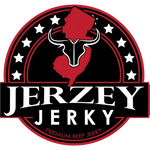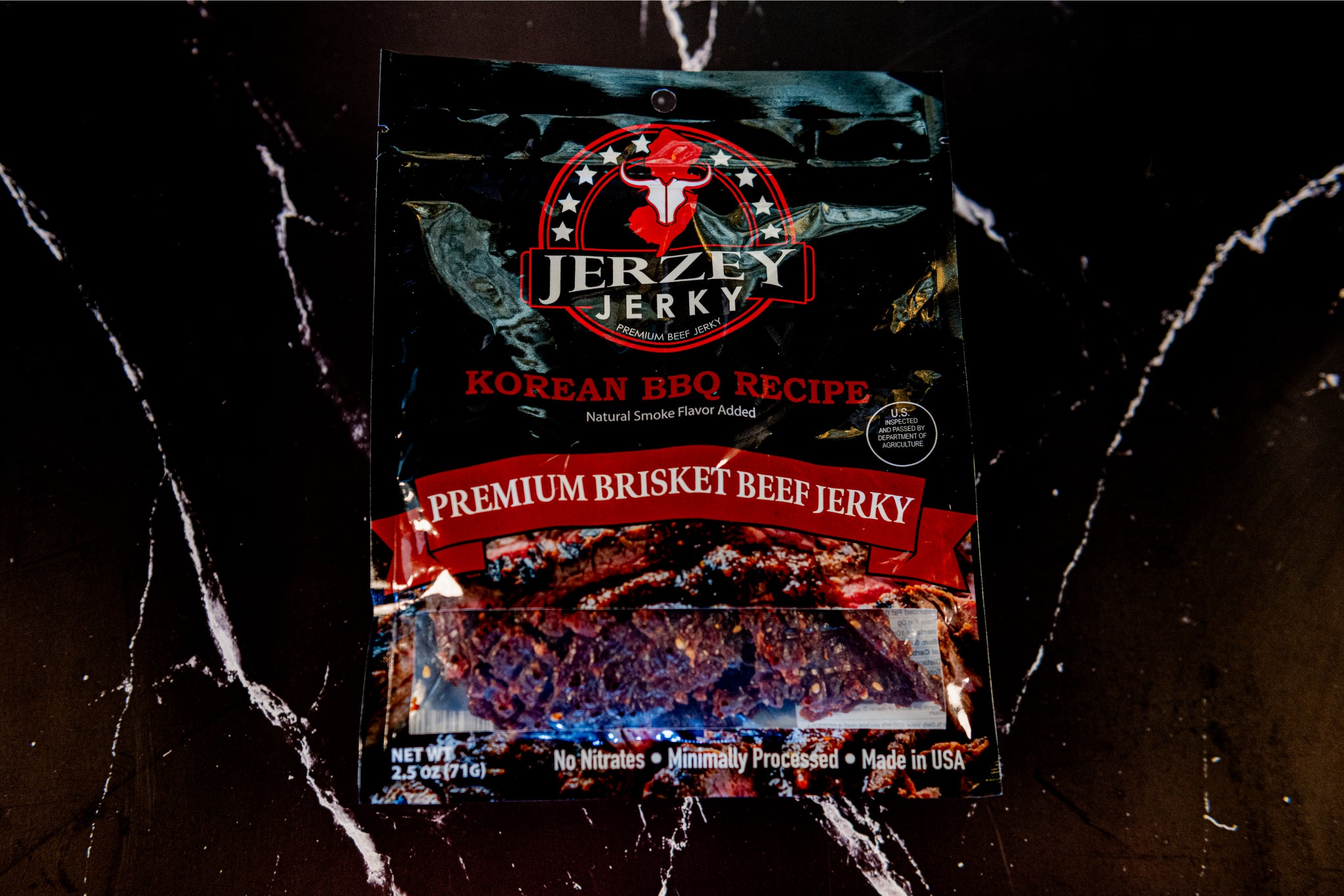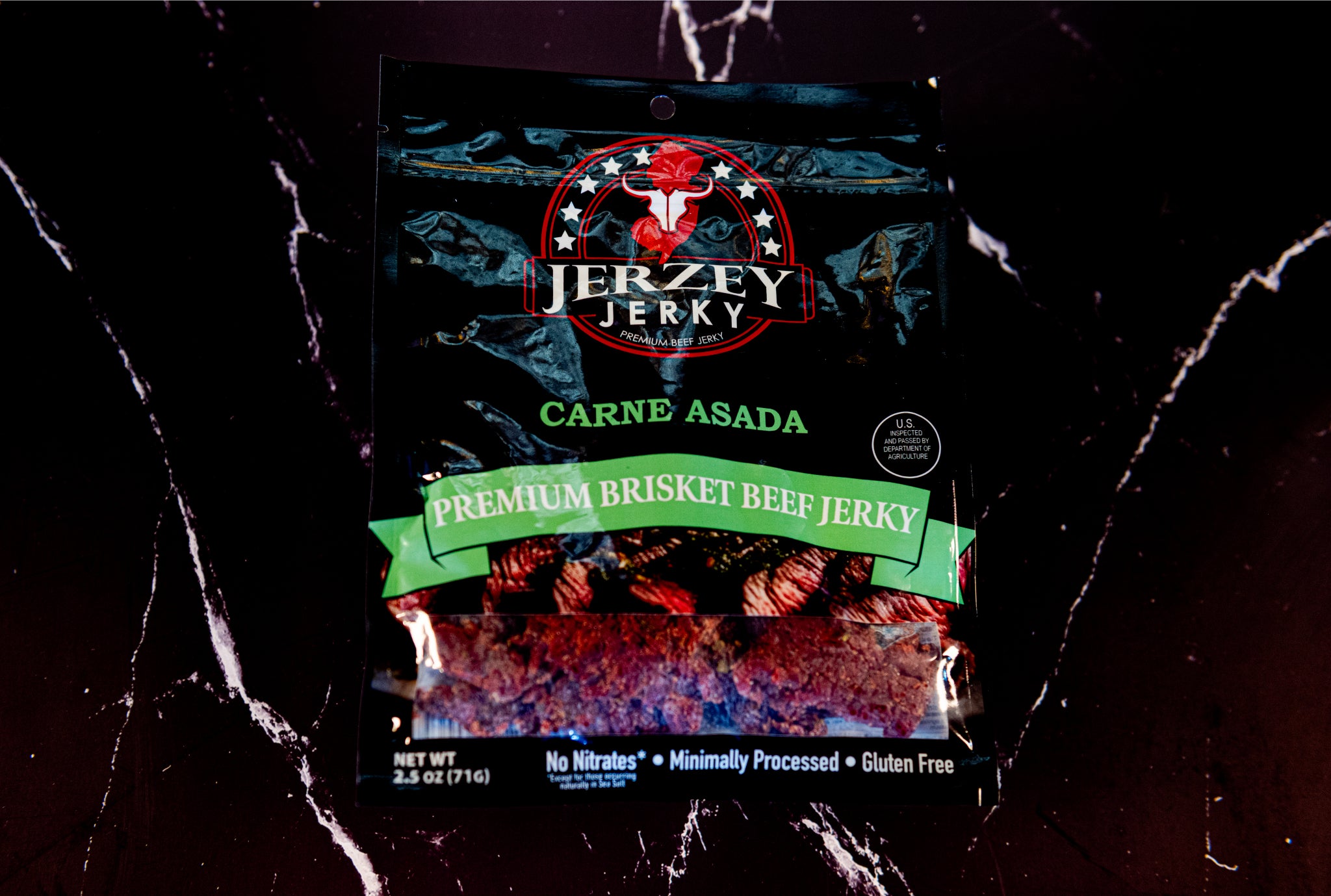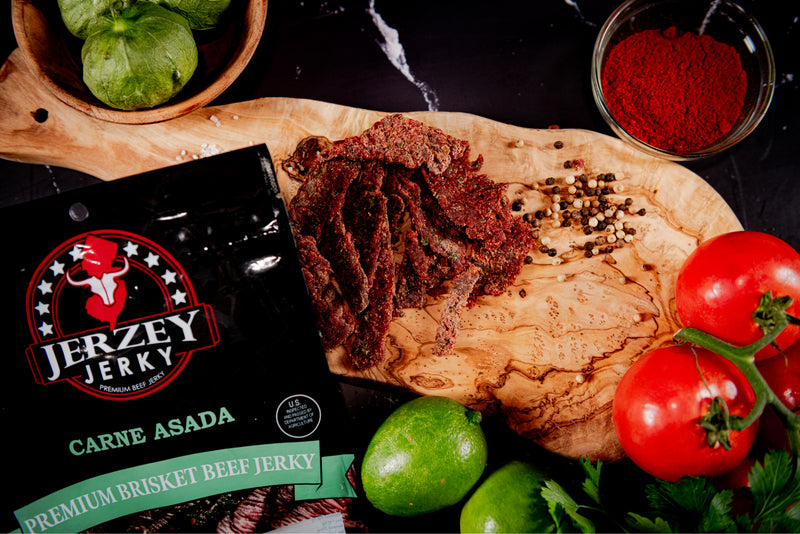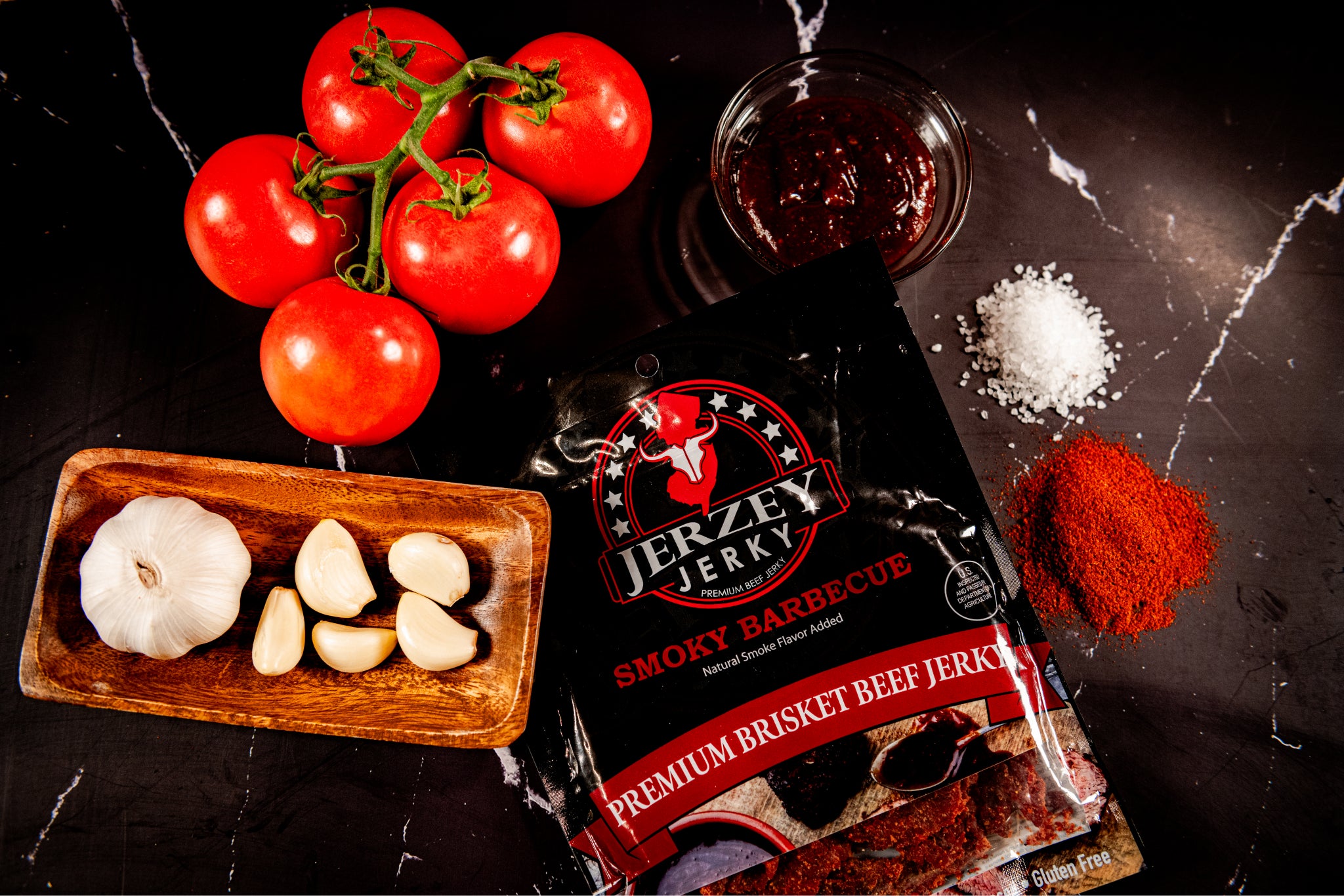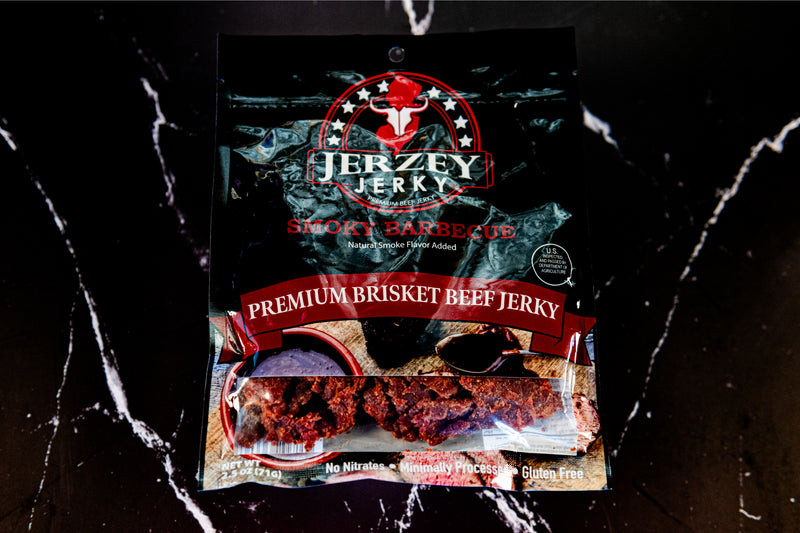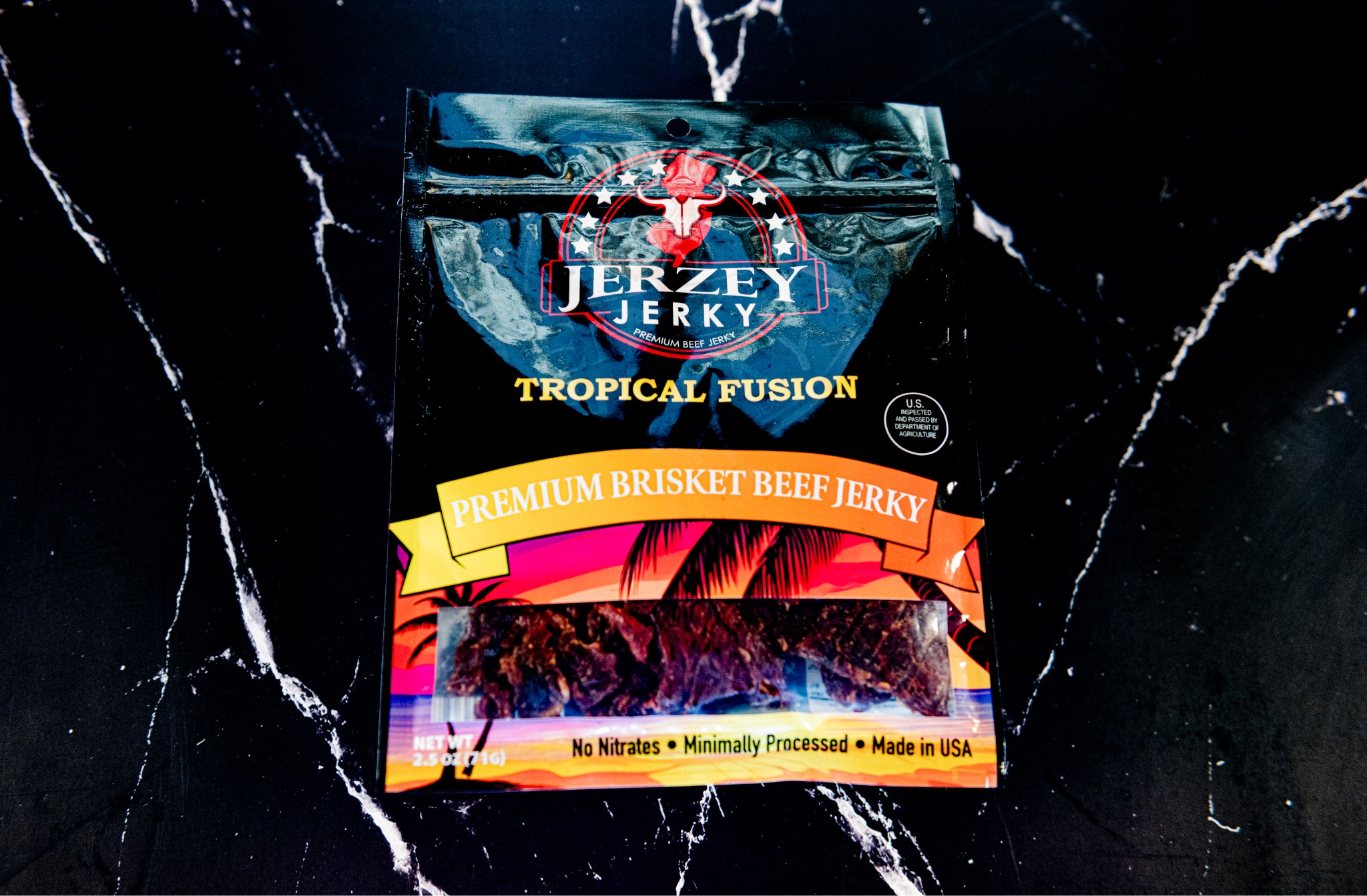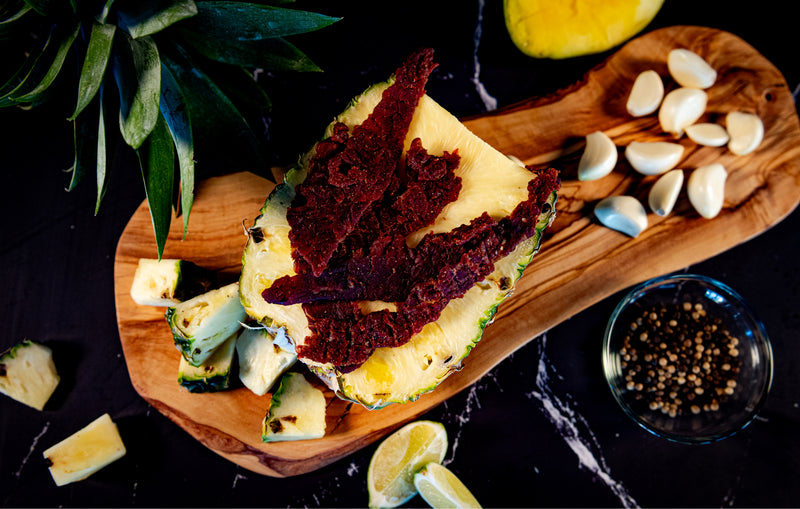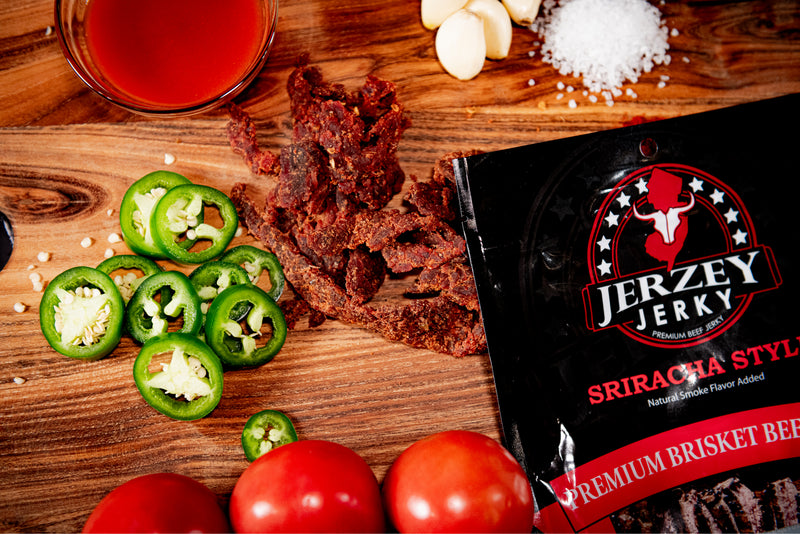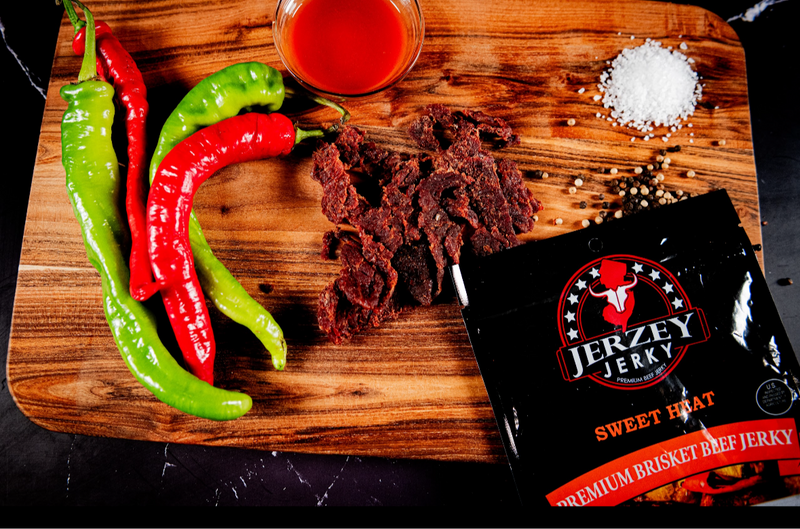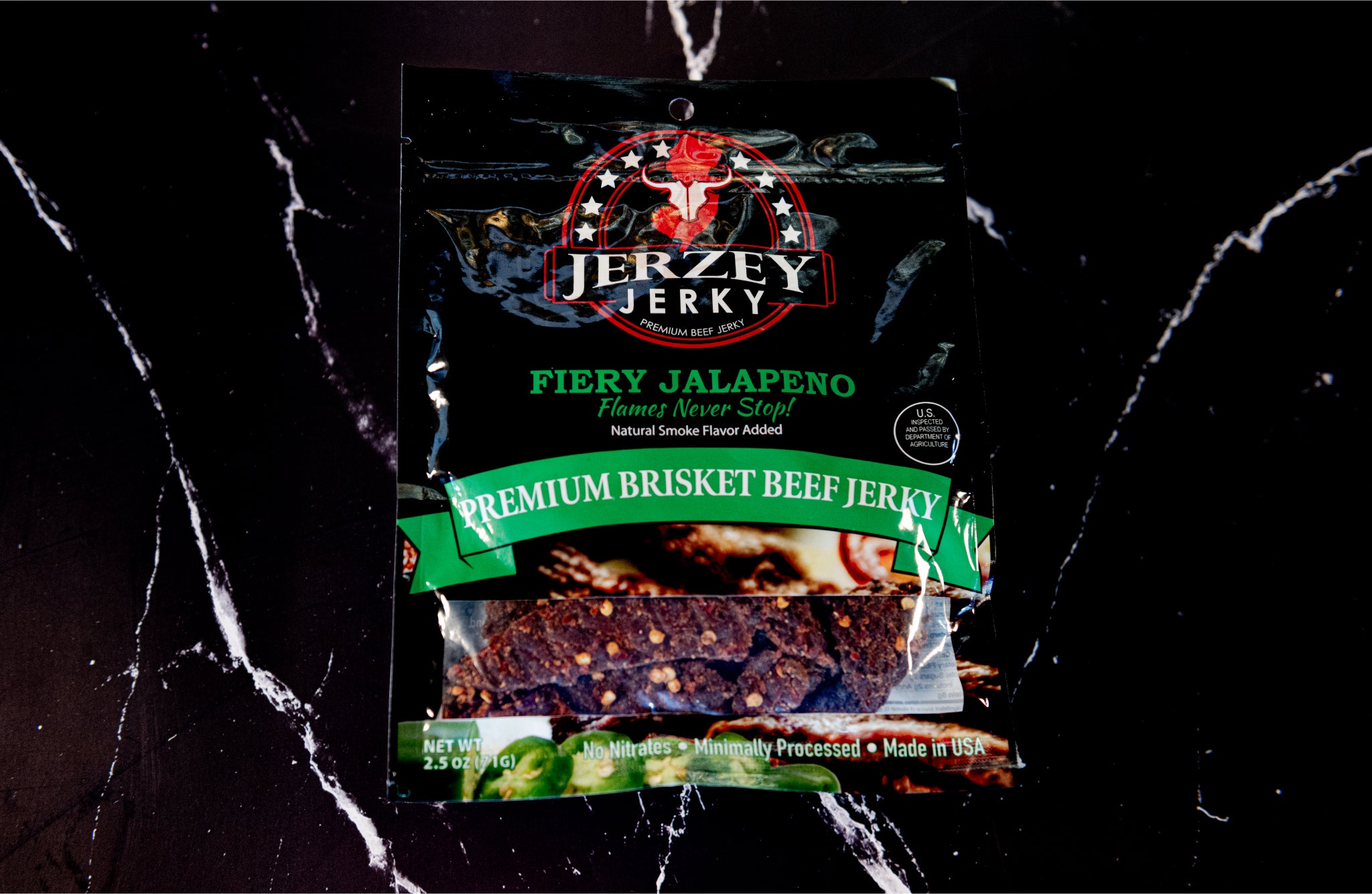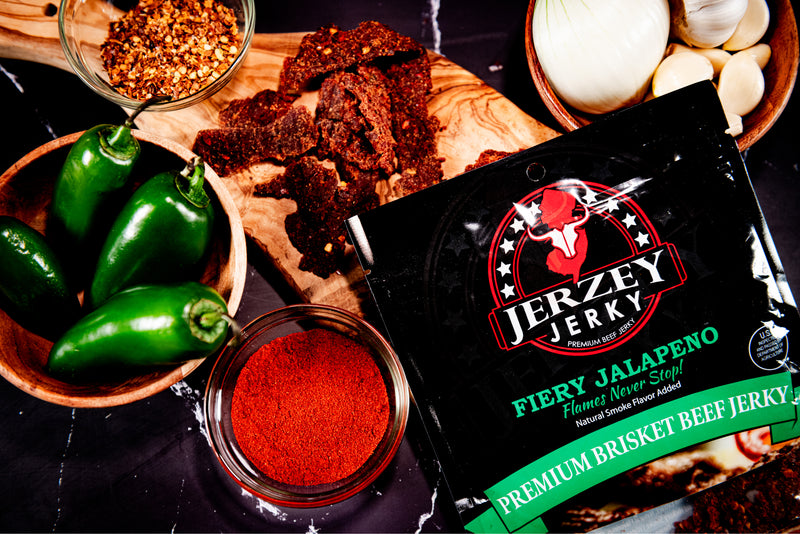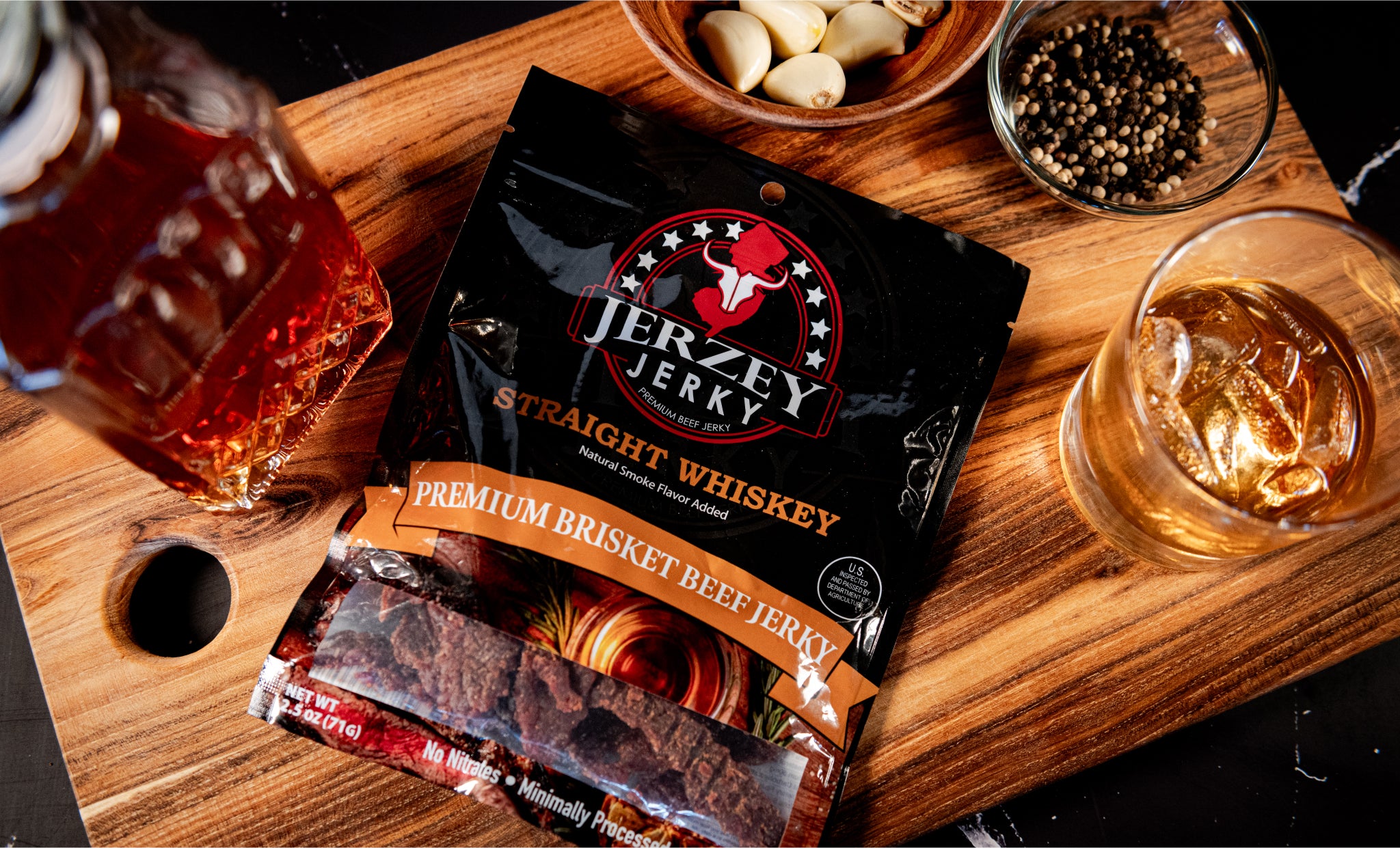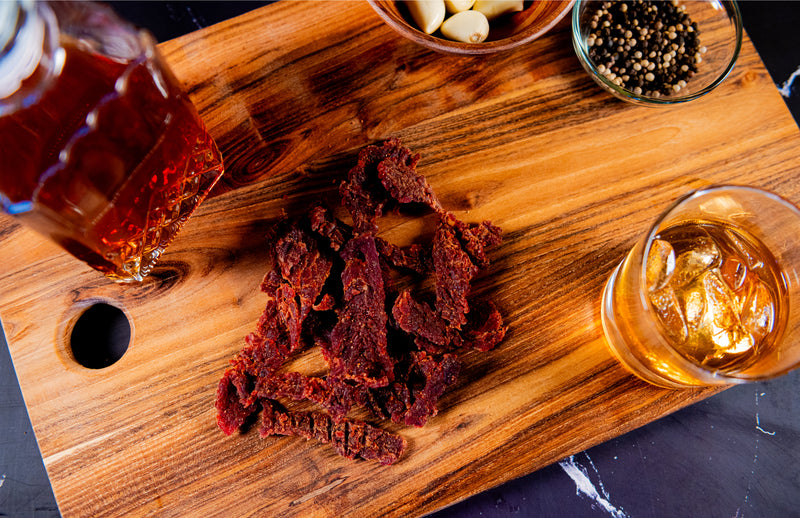
Honey Garlic Beef Jerky Recipe
Honey garlic beef jerky is a sweet jerky made from a combination of lean beef, honey and garlicky taste. The honey makes it naturally sweet and the garlic gives it depth and richness, so every bite is hard to resist. It is an easy snack to make at home as it needs few ingredients and less effort. Honey garlic flavored beef jerky is a portable snack that is good anywhere.
Why You'll Love Honey Garlic Beef Jerky
Honey Garlic Beef Jerky is an addictive snack that offers the right combination of sweet honey and garlicky goodness. Made at home, jerky does not contain any artificial preservatives or dubious additives like its store-bought counterparts. It is a natural drying method that produces a shelf-stable snack that can last weeks when well stored. Adjust the taste to your liking- put in more garlic to make it bold, more honey to make it sweet or some chili flakes to make it spicy.
Its protein concentration is perfect to meet an active life, and the treat becomes remembered as satisfying as the chew lasts. The simple recipe delivers big flavor with minimal effort. It provides superior quality compared to commercial jerky. These are light and convenient, making them the best snack to take along on a journey or a busy day.
Shop the best-selling Korean BBQ Beef Jerky - Brisket & Carne Asada Beef Jerky - Brisket!

What are the Ingredients of Honey Garlic Beef Jerky
To make a 1 lb (450g) of honey garlic beef jerky you require:
-
¼ cup (60ml) honey
-
¼ cup (60ml) soy sauce
-
2 tbsp (30ml) Worcestershire sauce
-
3-4 cloves minced garlic (or 1 tsp garlic powder)
-
1 tsp onion powder
-
½ tsp black pepper
Customization:
● 1 tsp chili flakes (adjust to taste)
● 1 tsp liquid smoke (optional)
Key Notes:
-
Trim all fat for longer storage and the best texture.
-
Pasteurize honey to prevent crystallization.
-
Low-sodium soy sauce is good when one is on a restricted diet or wants a milder salt taste.
Marinade Preparation
In a bowl, add honey, soy sauce, Worcestershire sauce, chopped garlic, onion powder, and black pepper to mix the marinade. Whisk until the honey is dissolved and smooth. To make the jerky sweeter, use more honey; to make it have more garlic taste, use more garlic or garlic powder. To taste and richness can be modified with soy sauce or Worcestershire sauce.
Marinate the cut for a minimum 4-6 hours. To enhance the flavor, put the marinade in the refrigerator overnight. Make sure to coat the beef all over to get the same taste.
Cutting & Preparation
First, cut the beef across the grain to make tender jerky. It helps to make the jerky soft to chew because it reduces the length of the muscle fibres. It achieves a more chewy consistency.
To get the optimum thickness, go with 1/8 to 1/4 inch slices. Thin slices dry quicker and are crispier whereas thick slices are moisture and have more of a chewy texture.
Cut the meat evenly to ensure that it dries equally. A sharp knife helps achieve uniform thickness of all the slices. To facilitate slicing the beef, you can partially freeze it and then slice it into thin and uniform pieces. It ensures that your jerky is evenly dried and has a uniform texture.
Key Tips:
- Cut off any fat that you can see (stops it going off)
- Pat slices dry, then marinate (sticks together better)
- Place on dehydrator trays in single layer(do not overlap)
- Halfway through drying (even dehydration) rotate trays.

What are the Drying/Cooking Methods for Honey Garlic Beef Jerky
Drying and cooking honey garlic beef jerky can be done in three ways:
Dehydrator
Preheat your dehydrator to 160°F (71°C) and dehydrate the beef between 4-6 hours. The airflow is even, making the meat dry evenly and effectively. It’s the most consistent option to get perfect taste.
Oven
In case you have no dehydrator, utilize your oven. Heat up to 170°F (77°C) and put the marinated beef on racks, making sure that the air can circulate around the pieces. Leave the oven door open to allow moisture to escape. Place the jerky in a dryer and dry for 4-6 hours until you achieve your desired texture.
Smoker
To add a smoky flavor, add a smoker between 160-180 (71-82 °C). You need to smoke the beef for 4-6 hours with wood chips to give it a richer flavor. The jerky absorbs a rich, smoky flavor that enhances its overall taste profile, making it more robust and complex.
What is the Storage & Shelf Life of Honey Garlic Beef Jerky
Store honey garlic beef jerky using vacuum sealing or airtight jars in order to retain freshness. By vacuum sealing, the air is removed which can contribute to the prevention of moisture and oxidation to keep the jerky fresher longer. In case you do not possess a vacuum sealer, keep the jerky in a well-closed jar or plastic bag.
Maintain Jerky up to 1-2 weeks at room temperature. To keep jerky longer, store in the refrigerator for 1-2 months, or in a cool, dry, dark place to keep jerky from getting moldy.
Freeze Jerky to store over a long period. Before consuming, especially when left at room temperature over a length of time, always look out for spoilage signs such as mold or an off odour.
What is the Nutritional Value of Honey Garlic Beef Jerky
Nutritional information of honey garlic beef jerky (28g/1ounce) is:
● Calories: About 70-100 calories depending on how much honey and fat the beef contains.
● Protein: An excellent source of lean protein, 10-12g of protein.
● Carbohydrates: The amount of 4-6g is mostly honey, containing natural sugars and energy.
● Sugar: 3-4g, of which the honey contributes the greatest part.
● Sodium: Approximately 400-500 mg depending on how much soy sauce and Worcestershire sauce is added, which all adds to the jerky being savoury.
The values change depending on the specific recipe, particularly when you adjust the recipes using soy sauce (less sodium) or honey (sweetness). This is a low-carb and high-protein jerky that's moderately high with sodium.
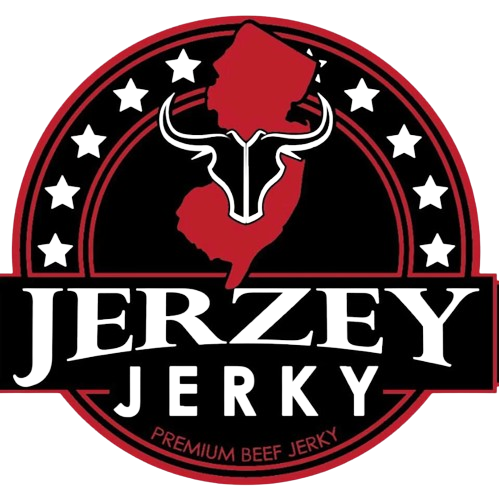
 2024-02-23
2024-02-23
 Wayne Holland
Wayne Holland

